Pot culture method of Chinese wolfberry how to plant Chinese wolfberry in pot
Chinese wolfbone, also known as tiger thorn, cat thorn, bird not sleeping and so on, is a common landscape tree species, which is often used in landscape design and urban greening. However, because the Chinese wolfberry has a relatively high ornamental value, there are also many people who use it for bonsai art modeling and pot culture. Compared with the potted Chinese wolfberry, the potted Chinese wolfberry is easier to survive and needs less attention in breeding.
Medlar bone was originally used to decorate roads, parks, courtyards and other places, but now it can also be used for pot culture, as a potted ornamental plant to enhance the beauty of the room.
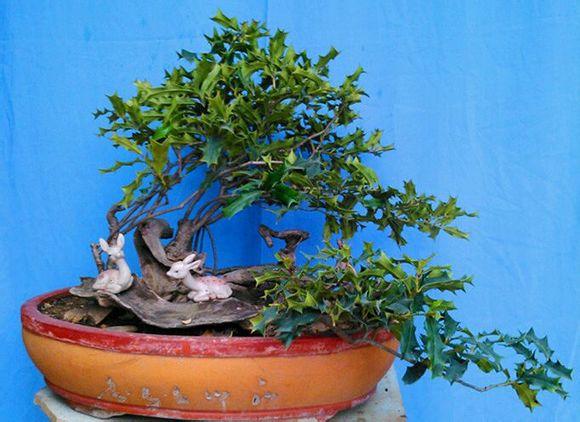
An introduction to Chinese wolfbone
Medlar bone, also known as tiger thorn, cat thorn, bird does not sleep, its plant shape is compact, the leaf shape is strange, the green is bright, the four seasons are green, the red fruit is full of branches after autumn, the winter is not withered, gorgeous and lovely, it is an excellent foliage and fruit tree species, which is often used in Christmas decoration in Europe and the United States, so it is also called "Christmas tree".
Common varieties are non-thorn medlar, lobular wolfberry, yellow fruit medlar, spiny holly and so on.
Chinese wolfberry can be planted in gardens or courtyards, as well as the role of Hangzhou poisonous gas, so it is a greening tree species suitable for factory polluted areas. Seeds can extract oil and make soap. Bark can be used as dye, and its leaves, roots, bark and fruit can be used as medicine, with the effects of tonifying liver and kidney, nourishing qi and blood, dispelling rheumatism, nourishing yin, tonifying essence and activating collaterals.
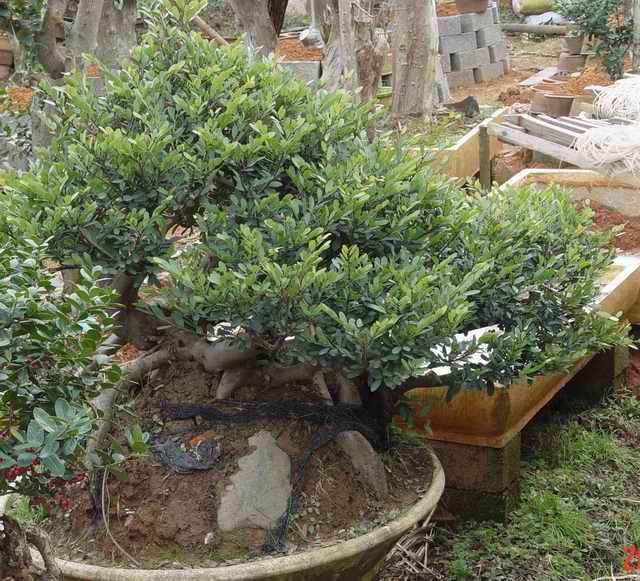
Matters needing attention in potted Chinese wolfberry
Habits: Chinese wolfberry is a small evergreen tree or shrub of holly family. It likes warm, moist and sunny environment, but it is also shady and has a certain degree of cold resistance. Potted plants should use slightly acidic soil rich in humus, fertile and well drained, generally put on the pot before germination in February-March in spring, water thoroughly after planting, and slow down seedlings in semi-shade for 2-3 weeks. When it is hot in summer, it is necessary to strengthen ventilation and shade slightly to prevent exposure to the hot sun.
Environment: Chinese wolfbone is resistant to yin and should be placed in a damp environment to grow. Need to be maintained under the shade or forest shade in summer. People are needed to spend the winter in winter.
Watering: the exuberant period needs to be watered frequently, and it is generally necessary to keep the basin soil moist without stagnant water. In summer, it is necessary to spray water to the leaves to facilitate evaporation and cooling, and it is necessary to create a small environment with moist air to make the leaves green and bright.
Fertilization: generally apply thin cake fertilizer and water every two weeks in spring, topdressing once a month in autumn, not fertilizing in summer and once in winter. Generally apply thin alum fertilizer water every 2-3 weeks, pay attention to comprehensive nutrition in the fertilizer solution, so that the leaves are verdant and the fruits are numerous.
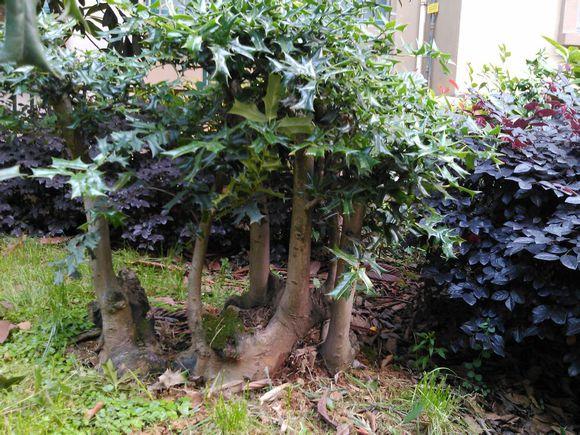
Pruning: the medlar bone has a strong germinating power, which can be subtracted from the overgrown branches and germinated branches at any time at ordinary times, and the extra buds can be removed to maintain a certain ornamental tree shape. In order to make Chinese wolfberry bear normal fruit, according to the characteristics of dioecious plants, both female and male plants must be cultivated at the same time, supplemented by artificial pollination, or female branches can be grafted on some branches of male plants by grafting method, or male branches can also be grafted on female plants.
Turning the basin: the bonsai is usually turned once every 2-3 years, often in the spring from February to March, or when the trees enter the human sleep period after autumn. When turning the basin, you can trim off part of the old roots, apply sufficient base fertilizer, retain the old soil of 1x2, and put it back on the basin.
Diseases and insect pests: the main pests that harm Chinese wolfberry are wood lice and shell insects. Sometimes the branches will suffer from coal pollution caused by wood lice, which can be sprayed with Bordeaux liquid and coated with stone-sulfur mixture to prevent metallurgy. When the scale insect is seriously harmful, it will lead to failure of results, which can be sprayed with 1000 times of dichlorvos. Reasonable pruning and improving ventilation and light transmission can reduce insect pests.
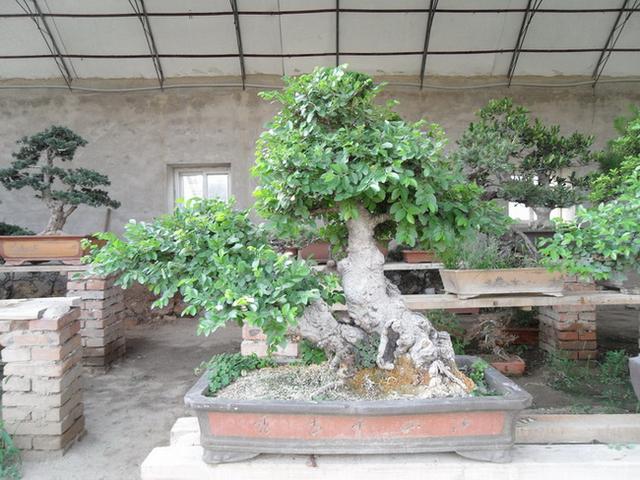
The above is a full introduction about Chinese wolfberry and how to cultivate Chinese wolfberry in pots. I hope the above introduction can help friends who are interested in potted Chinese wolfbones to grow healthily and healthily. Maximize the beautification of your room.
Follow WeChat account: ohohwx shares around 9: 00 am every day, and ten thousand people listen to it.
- Prev
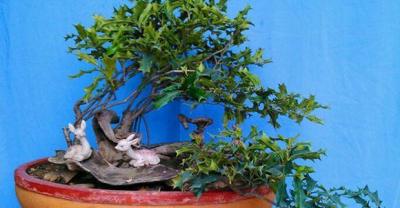
Pangolins are so valuable. Could it be that none of the artificial breeding pangolins have succeeded?
Pangolin can be cultured in our country, is a rare medicinal animal, has a high medicinal value, wrapped in a layer of armour-like coat, pangolin...
- Next
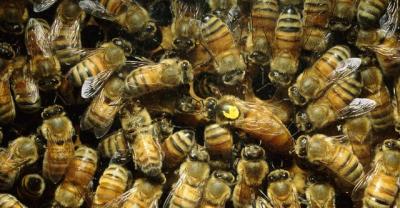
Breeding bamboo rats not only has low breeding cost, but also considerable profit.
Rats can also be rich! You're right, it's a rat. But instead of the rats we usually see, bamboo rats are raised. Hunan Wanda Special Breeding Professional...
Related
- On the eggshell is a badge full of pride. British Poultry Egg Market and Consumer observation
- British study: 72% of Britons are willing to buy native eggs raised by insects
- Guidelines for friendly egg production revised the increase of space in chicken sheds can not be forced to change feathers and lay eggs.
- Risk of delay in customs clearance Australia suspends lobster exports to China
- Pig semen-the Vector of virus Transmission (4)
- Pig semen-the Vector of virus Transmission (3)
- Five common causes of difficult control of classical swine fever in clinic and their countermeasures
- Foot-and-mouth disease is the most effective way to prevent it!
- PED is the number one killer of piglets and has to be guarded against in autumn and winter.
- What is "yellow fat pig"? Have you ever heard the pig collector talk about "yellow fat pig"?

